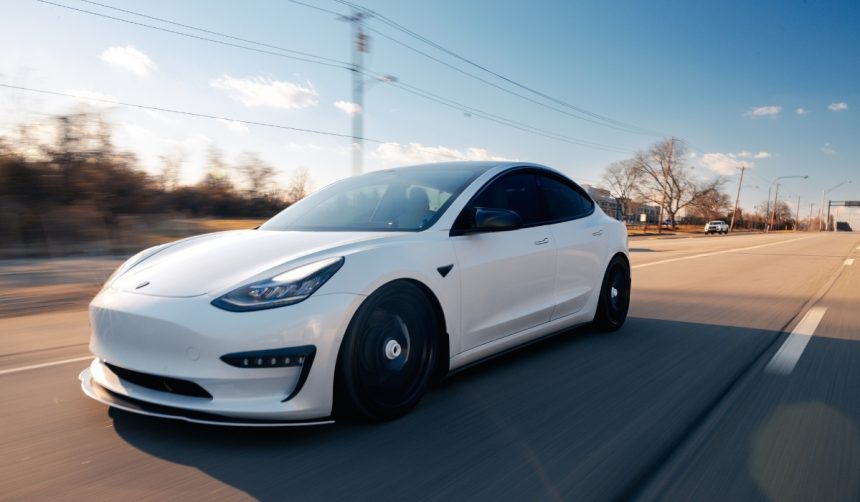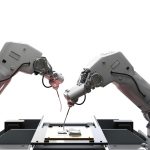Tesla is adjusting its corporate narrative, emphasizing a shift away from solely vehicle manufacturing to focusing on advanced robotics and artificial intelligence as growth engines. Investors have noted a notable increase in corporation-led discussions about projects outside traditional automotive production, particularly in automation and labor-saving technology. Tesla’s redefined identity aims to position the company as a leader in sectors beyond electric transportation, making potential shareholders reconsider how they assess the brand’s true earnings potential and market influence.
Recent years have featured a series of statements from Tesla regarding its ambitions in robotics, but recent communications reveal more concrete expectations for value creation from non-auto initiatives. Early announcements about the Tesla Bot, later named Optimus, were often received with skepticism and limited quantitative projections, with industry observers labeling them as speculative. Newer assessments, especially direct comments from leadership, place significant monetary estimates on Optimus, surpassing earlier broad claims and drawing more attention from both Wall Street analysts and manufacturing experts assessing practical deployment timelines and labor cost implications.
Why Does Tesla See Optimus as a Core Asset?
Optimus, Tesla’s humanoid robot project, has been identified as the primary driver of the company’s future valuation by CEO Elon Musk. Musk disclosed that as much as 80% of Tesla’s market worth could eventually be tied to Optimus, reflecting changing corporate strategy.
Those are the biggest factors.
Musk envisions Optimus as a cornerstone in Tesla’s future growth, anchoring the brand in robotics and automation beyond automotive sales.
Can Robotics Overtake Cars in Tesla’s Earnings?
Based on Musk’s latest projections, Optimus could surpass all previous company ventures in revenue generation. He suggested possible revenue exceeding $10 trillion for the long term, implying a fundamental shift in spending priorities and research investment.
Optimus has the potential to be north of $10 trillion in revenue, like it’s really bananas.
Market research reports from firms like Morgan Stanley and Piper Sandler point to expected cost savings and new pricing models if Tesla integrates Optimus for factory or logistical tasks, setting possible sales at $100,000 per unit if productivity goals are met.
What Does Increased Analyst Focus Mean for Tesla?
Analyst projections see Optimus moving or staging parts in Tesla facilities by the next year, pointing to actual use cases on the horizon. Implementation timelines and potential for a partial workforce replacement suggest significant operational cost savings and efficiency upgrades. These forecasts mark a departure from Tesla’s earlier, more speculative robotics communications, as financial analysts now calculate Optimus’s potential impact on both bottom-line figures and labor markets. The suggested savings, including a $2.5 billion reduction in labor costs by replacing 10% of staff, intensify debate regarding Tesla’s internal transformation and market positioning.
Tesla’s evolving statements and more concrete financial targets for Optimus are drawing deeper industry analysis. Earlier coverage raised questions about the practicality of deploying humanoid robots at scale and the feasibility of their integration into manufacturing. The latest statements reflect growing confidence at Tesla and heightened attention among financial observers, but large-scale product rollout and revenue realization remain contingent on technological breakthroughs, regulatory considerations, and real-world performance data from pilot deployments. Readers monitoring this sector may find it beneficial to track nearer-term milestones—such as pilot projects within Tesla’s own facilities—to assess claims of long-term enterprise value. Objective review of past predictions versus realized timelines should help investors and industry watchers evaluate whether Optimus–or comparable robotics ventures from competitors—will become the dominant revenue streams they are projected to be.
- Tesla projects Optimus to account for most of its future market value.
- Elon Musk expects Optimus to generate long-term revenue exceeding $10 trillion.
- Analysts are closely watching Optimus’s deployment for impacts on manufacturing costs.










